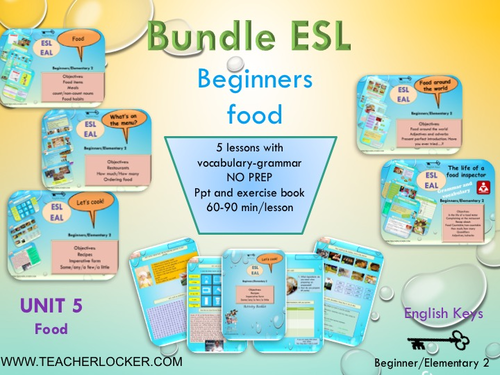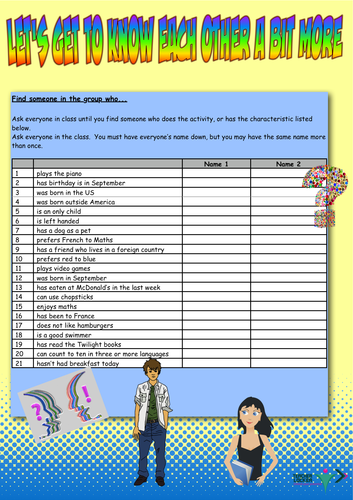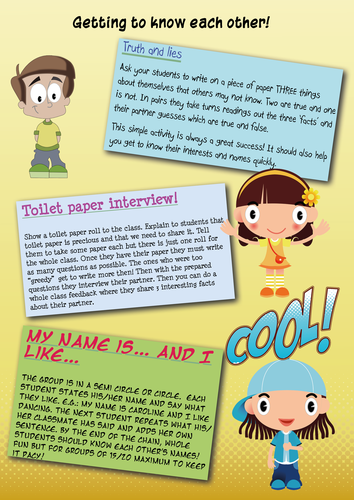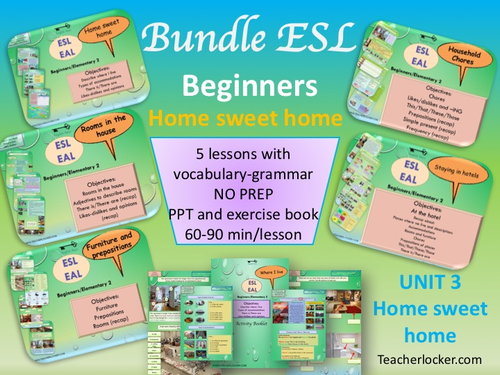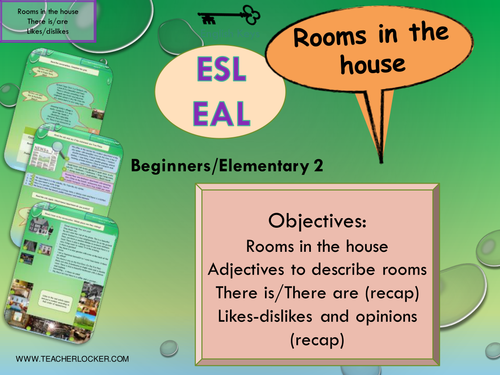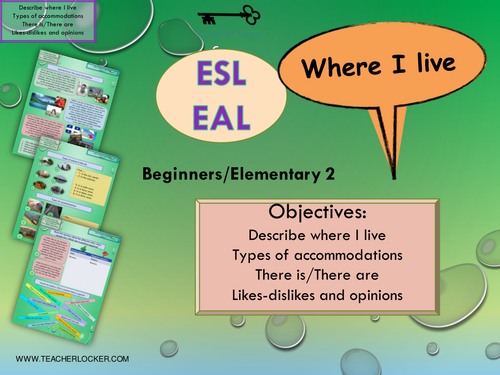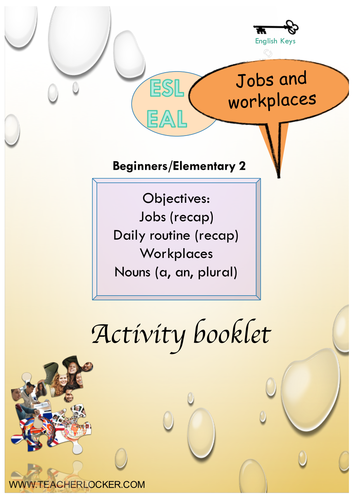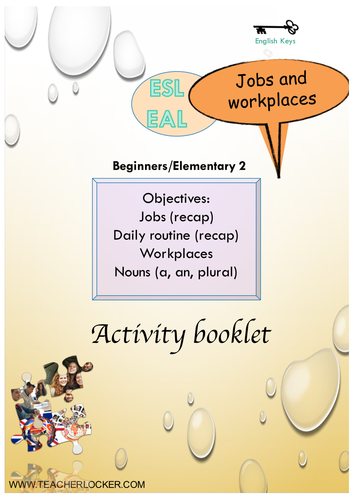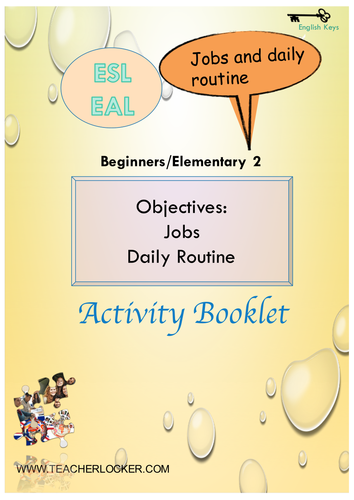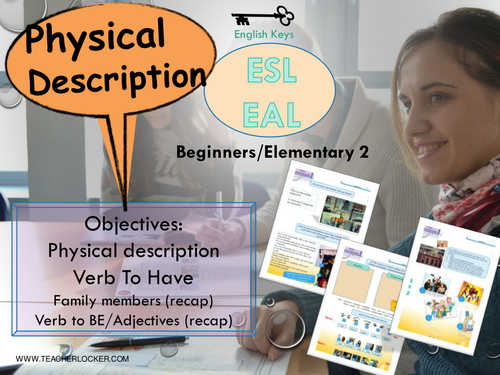Caroline Musserotte's Shop
Learn. Teach. Travel. Coach. Having been in the education world for more than a decade I bring knowledge and experience as a teacher, teacher trainer and coach. My teaching career has led me from England, France, China and now to South America In the last several years, I have delivered a number of workshops and conference to help organizations and individuals to improve their teaching-management skills. If you have any question about my ressource, feel free to contact me





